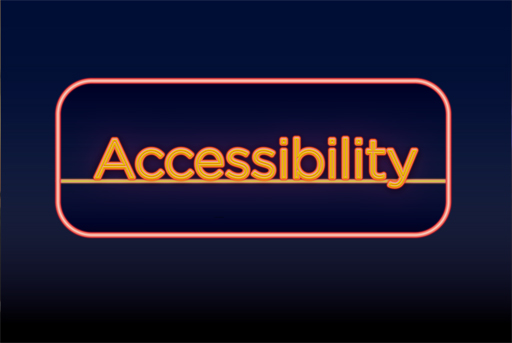1.1 Why is accessibility important?
As common technical and physical barriers are removed, or at least lowered, people are turning towards designing eLearning courses so that students with the widest range of abilities and social circumstances can participate successfully.
These are the ideas that we are talking about when we use the term ‘accessibility’.
Experience has shown us that it is better to consider accessibility at the beginning as well as throughout a process. It is often much more difficult to incorporate accessibility after a complex product has been completed (often termed ‘retrofitting’) and may be very expensive to achieve.
As you start to look at making adjustments to course materials or to build accessible eLearning materials, questions are raised about the effect of this on the intended learning outcomes of the course or the course component in question. Education professionals need to be aware of the need to make appropriate adjustments to support accessibility and to make any decisions such that the academic content is not compromised.
For example, if you provide a description of an illustration, will the description enable a blind student to think about the subject to the same extent as a student who can see it? And in the context of the course, is this important?
As the use of information technology and web-based applications in distance teaching has increased, response to the needs of disabled students can no longer be seen as something that can be fixed bit by bit when individual students request it. In many countries legislation exists that requires all sectors to take steps to ensure that disabled people are not excluded. This anticipatory aspect applies to education too.
In this course we ask you to consider what you already know about disability from your own experience and to begin to create a list of eLearning activities that may be challenging for disabled students. You will build on this in the other activities presented in this course.

